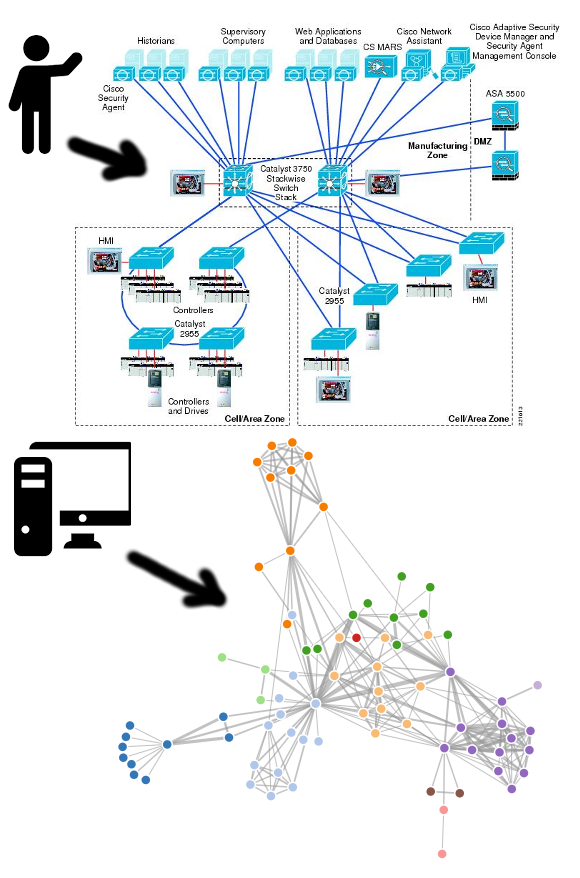Why Some Phishing Emails Are Mysteriously Disappearing


Phishing is the absolute worst.
Unfortunately, sometimes phishing campaigns use Cloudflare for the very convenient, free DNS. To be clear –– there’s a difference between a compromised server being leveraged to send phishing emails and an intentionally malicious website dedicated to this type of activity. The latter clearly violates our terms of service.
In the past, our Trust and Safety team would kick these intentional phishers off the platform, but now we have a new trick up our sleeve and a way for their malicious emails to mysteriously disappear into the ether.
Background: How Email Works
SMTP - the protocol used for sending email - was finalized in 1982, when it was just a small community online. Many of them knew and trusted each other, and so the protocol was built entirely on trust. In an SMTP message, the MAIL FROM field can be arbitrarily defined. That means you could send an email from any email address, even one you don’t own.
This is great for phishers, and bad for everyone else.
The solution to prevent email spoofing was to create the Sender Policy Framework (SPF). SPF allows the domain owner to specify which servers are allowed to send Continue reading





 Big Mon uses a technology called GPRS tunneling protocol (GTP) to keep an eye on traffic.
Big Mon uses a technology called GPRS tunneling protocol (GTP) to keep an eye on traffic.
 Ericsson will provide pre-standard 5G Core and RAN.
Ericsson will provide pre-standard 5G Core and RAN. AT&T's Device Supplier program began as Domain 1.0 in 2009.
AT&T's Device Supplier program began as Domain 1.0 in 2009. Dish co-founder steps down (again); Aryaka gains new CRO; Nutanix makes new additions.
Dish co-founder steps down (again); Aryaka gains new CRO; Nutanix makes new additions.